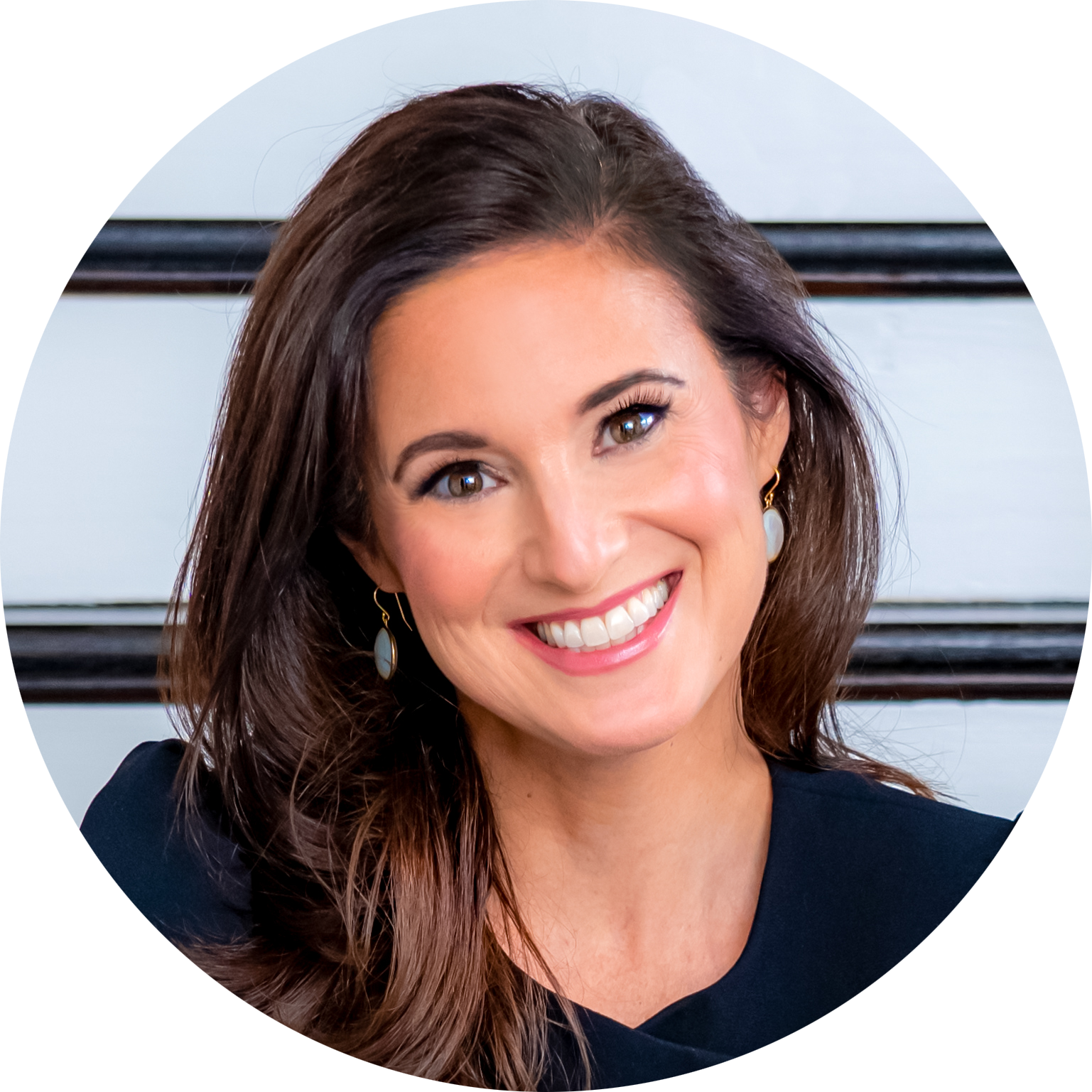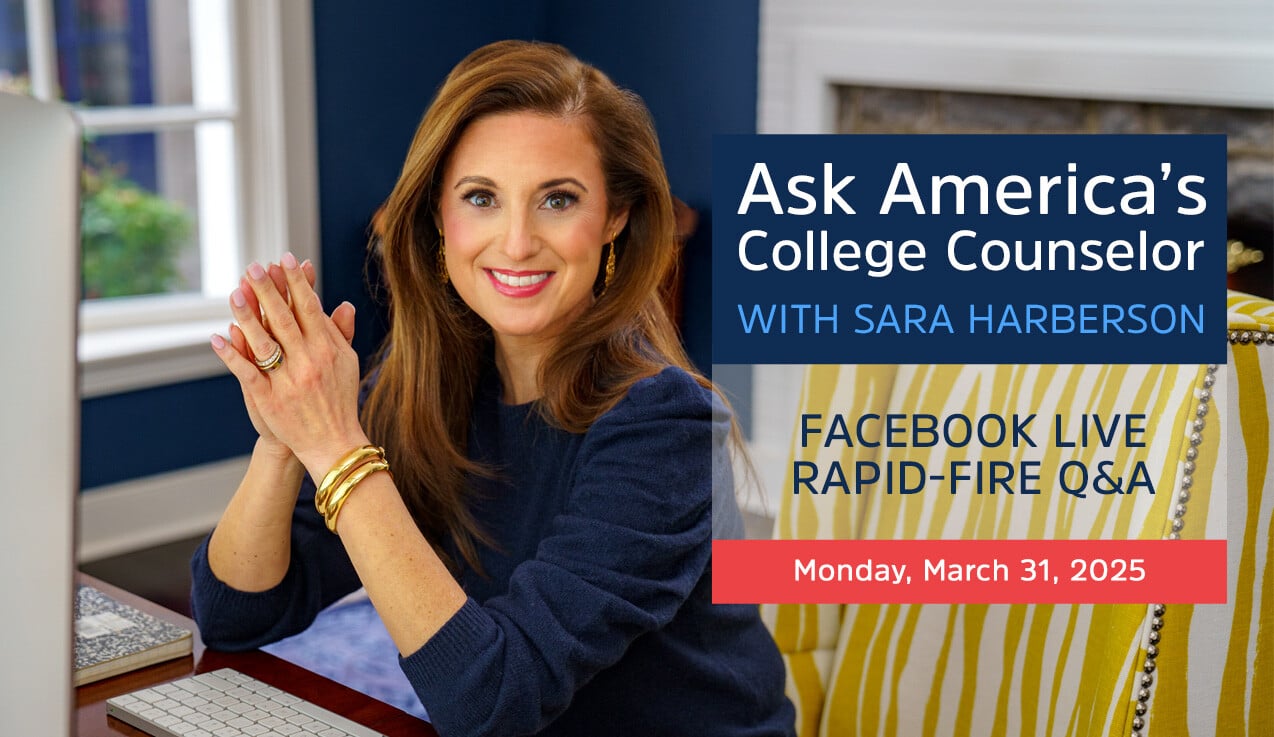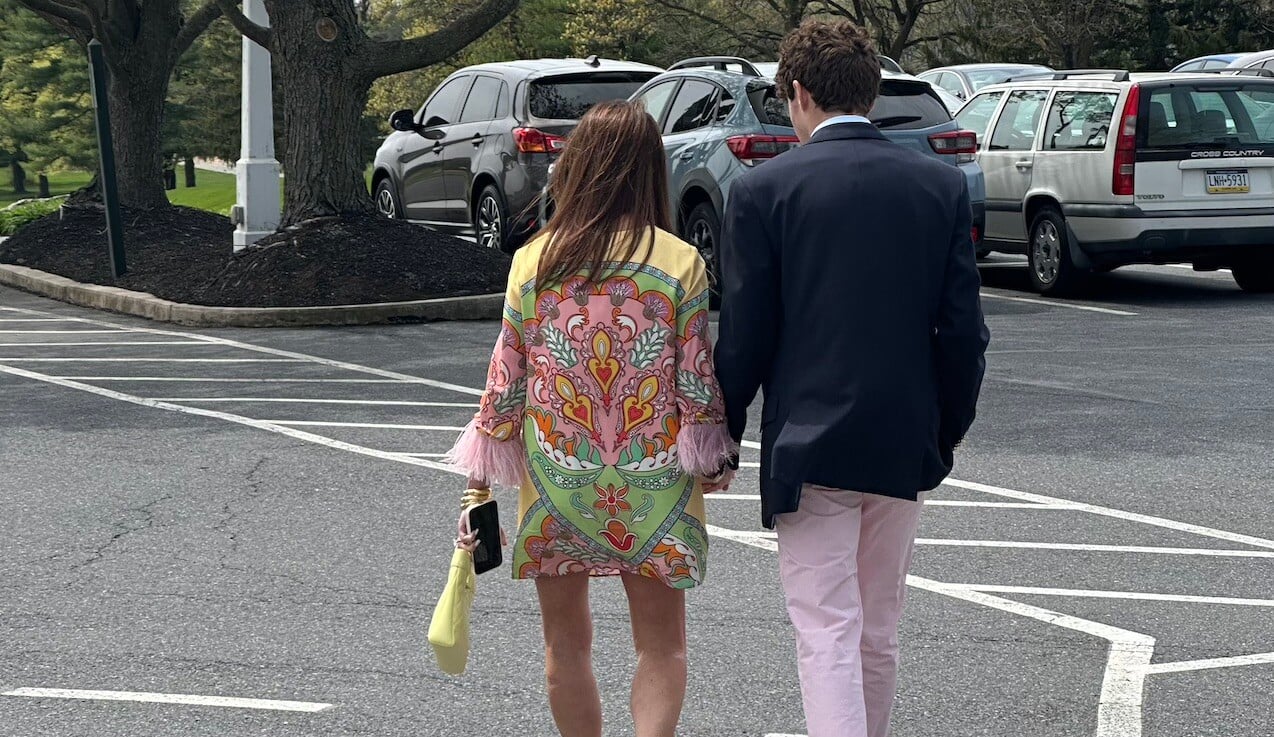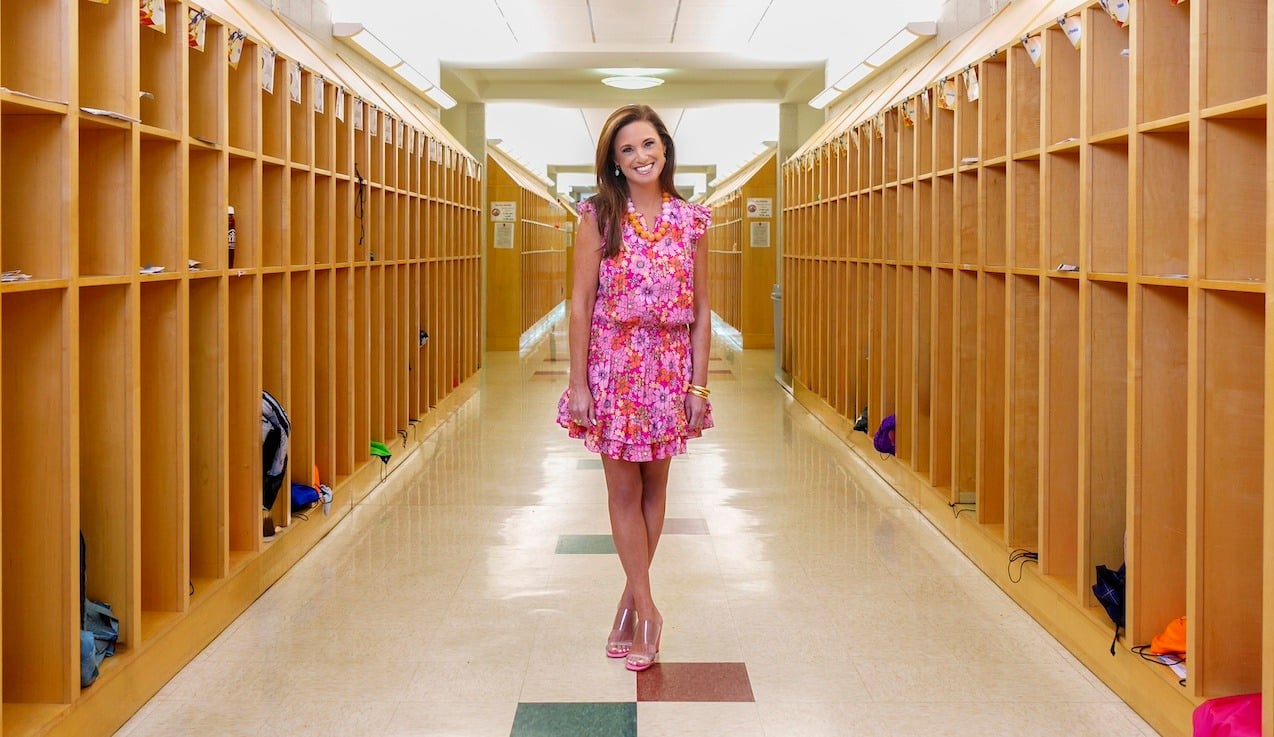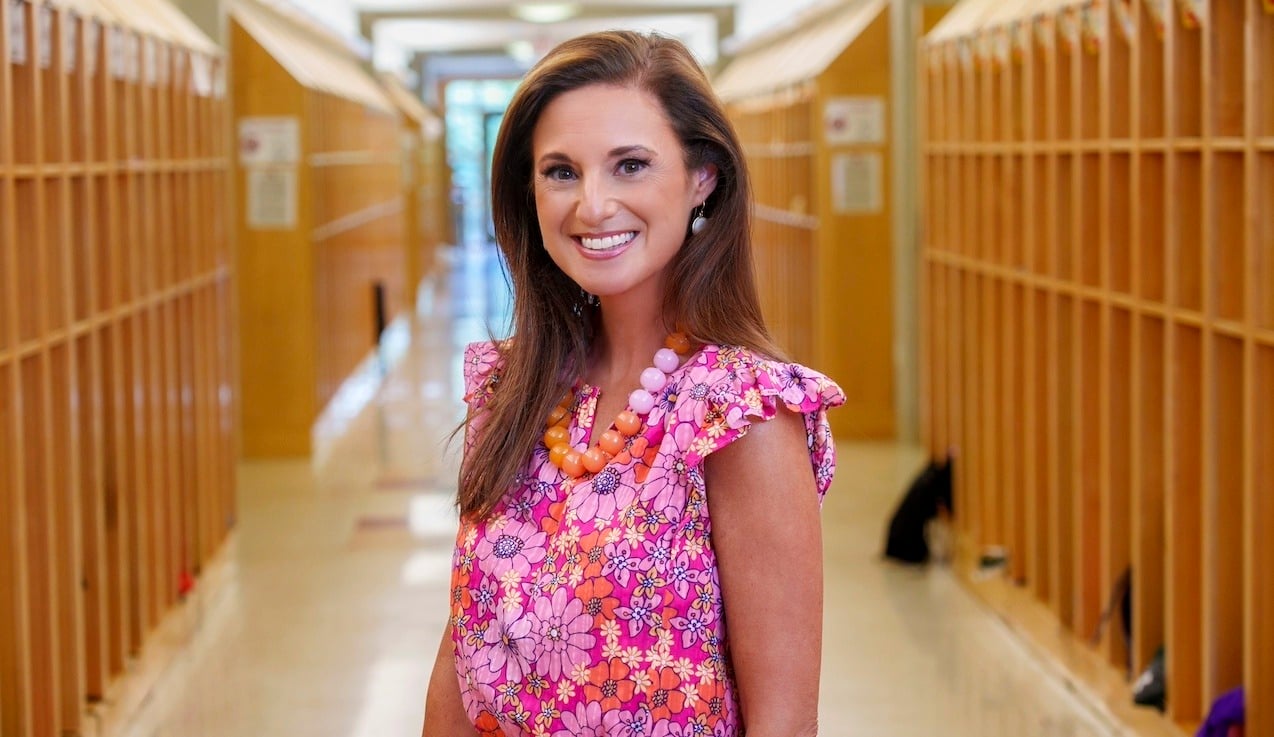Almost all admissions decisions are in the hands of high school seniors right now which means the admissions cycle for 2024-2025 is coming to a close.
I am seeing some trends with certain colleges. I am also seeing trends of who colleges are admitting (and who they aren't).
Here are my observations on what is happening nationally.
1. Waitlists are completely out of hand with thousands of students being waitlisted at some colleges.
Last year, the University of Michigan waitlisted 24,804 students. The number of students waitlisted could fill Michigan's freshman class three times over. Yes, 973 lucky waitlisted students were admitted that year. But that is a 3.9% acceptance rate from the waitlist. University of Virginia waitlisted 10,470 students last year and admitted 242 which translates into a 2.3% acceptance rate. Harvard won't even share the number of students it waitlisted. In fact, it has not provided waitlist data for almost 20 years on its Common Data Set. When a college doesn't provide data, it is usually hiding something.
It is time to review the practice of waitlists. Colleges should have limits. The number of waitlisted students should not exceed the size of the freshman class. In no scenario would a college ever need to (or could) fill their entire class through the waitlist. Having a waitlist three to four times larger than the freshman class strings students along unnecessarily. While we are at it, there is no excuse for a college to hide admissions data, not even (or especially not) Harvard.
2. It's been a better year for white and Asian Americans in selective college admissions, and it begs the question whether the Department of Education's threats toward colleges are impacting who they admit.
Some of the strongest "majority" students I have worked with in the last few years have faced stiff competition at Ivy or Ivy Plus institutions, especially in Regular Decision. However, this year we saw multiple "majority" students get admitted in Regular Decision after being deferred at schools like Harvard, Duke, and Stanford. And plenty more of our students got admitted to these schools plus every other elite college in the country.
Are elite colleges course-correcting in order to not get investigated, sued, or stripped of funding? Will the number of students of color continue to decrease even further since affirmative action ended? We'll have to see. But this year's results are a reminder that even when race is supposed to be eliminated from or diminished in the admissions process, it is a factor. Unless students are assigned ID numbers (instead of providing their names) and they are only evaluated based on their academic record and test scores, race will always be a part of this process.
Are elite colleges course-correcting in order to not get investigated, sued, or stripped of funding? Will the number of students of color continue to decrease even further since affirmative action ended? We'll have to see. But this year's results are a reminder that even when race is supposed to be eliminated from or diminished in the admissions process, it is a factor. Unless students are assigned ID numbers (instead of providing their names) and they are only evaluated based on their academic record and test scores, race will always be a part of this process.
READ MY L.A. TIMES OP-ED: How students can address their backgrounds on college applications, even without affirmative action
3. More and more colleges are using alternate campuses and alternate start dates as an enrollment and revenue strategy.
Northeastern University is the poster child for this. Only some students start on the Boston campus as fall freshmen. Many students are being admitted to various campuses (for the first semester and sometimes for the entire first year of college) all over the world from Oakland, California to London, England. Don't get me wrong, living in London at 18 years old sounds fabulous. But, the growing number of students who get placed in alternative campuses is alarming and it changes their freshman experience.
It used to be that only a small number of private colleges offered these alternate campuses and alternate starts. Now, even public universities are joining the bandwagon to deal with housing crunches and increase revenue. Clemson University and Penn State University admit a cohort of students to start in the summer, which brings in more money to these institutions. Purdue University now has an Indianapolis campus, which coincides with a major housing crunch on the original West Lafayette campus. The College of William & Mary, another public institution, admits students for the spring semester after they spend their first semester abroad.
By admitting students to alternate campuses and alternate starts, a college does not have to report students' data like test scores into the college's overall admissions data. And the college is typically only doing this for full-pay students. Most four-year colleges have nonprofit status, yet making money is at the top of their priority list.
READ MORE: 5 Things I'm Ranting, Ahem, Thinking About in College Admissions Right Now
I bet almost every high school senior who just went through the admissions process knows someone who got waitlisted this year, in addition to getting waitlisted themselves. I bet some high-achieving majority students who expected very little in Regular Decision actually are in shock by a surprise acceptance to a highly selective college. I bet all of us know someone who got admitted to an alternate campus or for an alternate start at one college.
Betting has a negative connotation in American society, yet getting into college can be the biggest bet of a young person's life. Transparency in college admissions is at an all-time low. If families knew the admission odds and the secret strategies that colleges use, applying to college would not be such a gamble. It would be clear, predictable, and a whole lot fairer than it is today.




